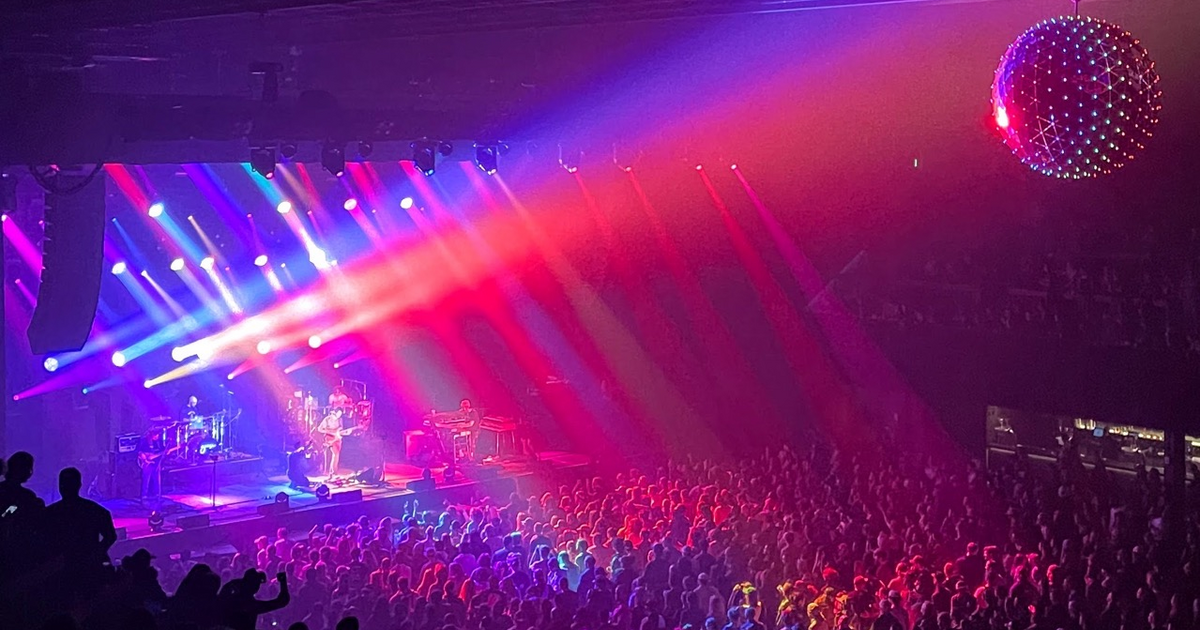A post of @11011110 has reminded me that (after a year and a half lurking here) it's never too late for me to toot and pin an intro here.
I am a Canadian mathematician in the Netherlands, and I have been based at the University of Amsterdam since 2022. I also have some rich and longstanding ties to the UK, France, and Japan.
My interests are somewhere in the nexus of Combinatorics, Probability, and Algorithms. Specifically, I like graph colouring, random graphs, and probabilistic/extremal combinatorics. I have an appreciation for randomised algorithms, graph structure theory, and discrete geometry.
Around 2020, I began taking a more active role in the community, especially in efforts towards improved fairness and openness in science. I am proud to be part of a team that founded the journal, Innovations in Graph Theory (https://igt.centre-mersenne.org/), that launched in 2023. (That is probably the main reason I joined mathstodon!) I have also been a coordinator since 2020 of the informal research network, A Sparse (Graphs) Coalition (https://sparse-graphs.mimuw.edu.pl/), devoted to online collaborative workshops. In 2024, I helped spearhead the MathOA Diamond Open Access Stimulus Fund (https://www.mathoa.org/diamond-open-access-stimulus-fund/).
Until now, my posts have mostly been about scientific publishing and combinatorics.
#introduction
#openscience
#diamondopenaccess
#scientificpublishing
#openaccess
#RemoteConferences
#combinatorics
#graphtheory
#ExtremalCombinatorics
#probability
